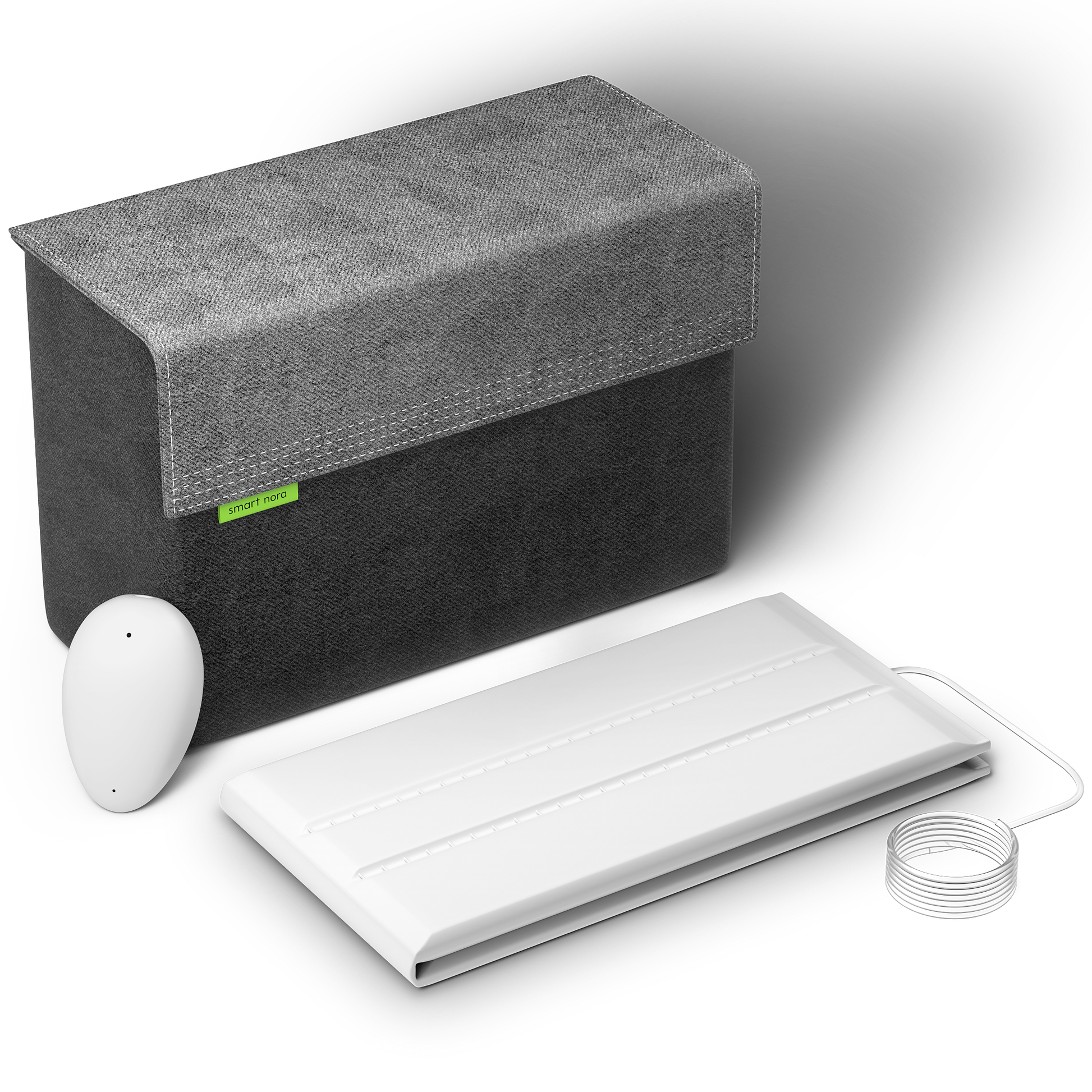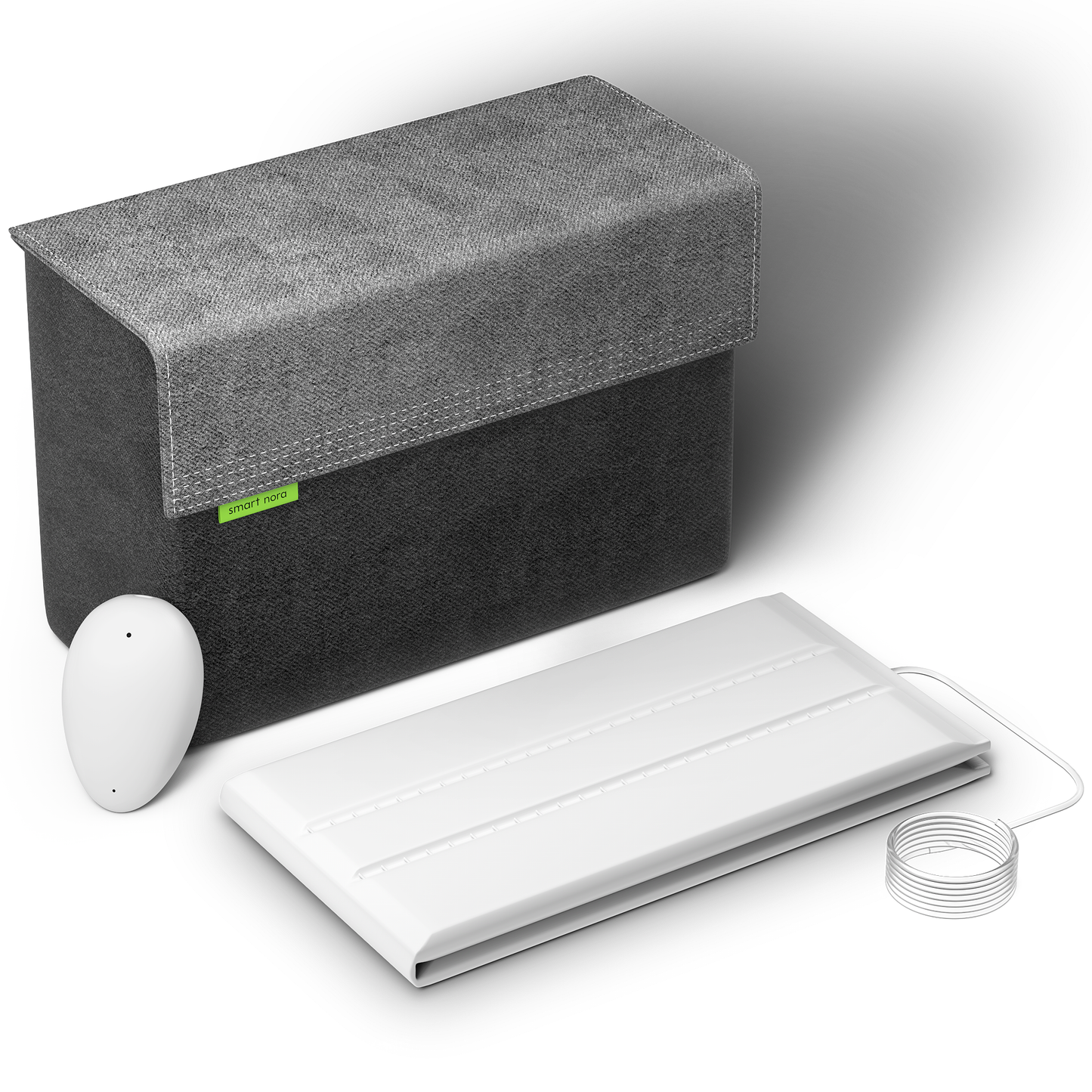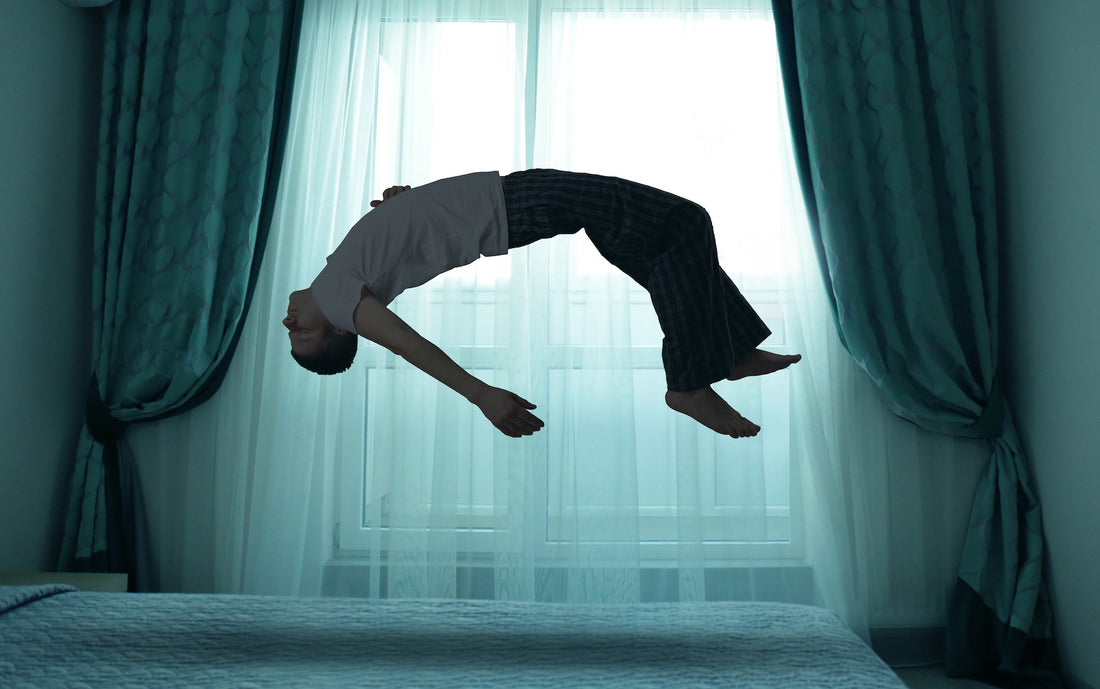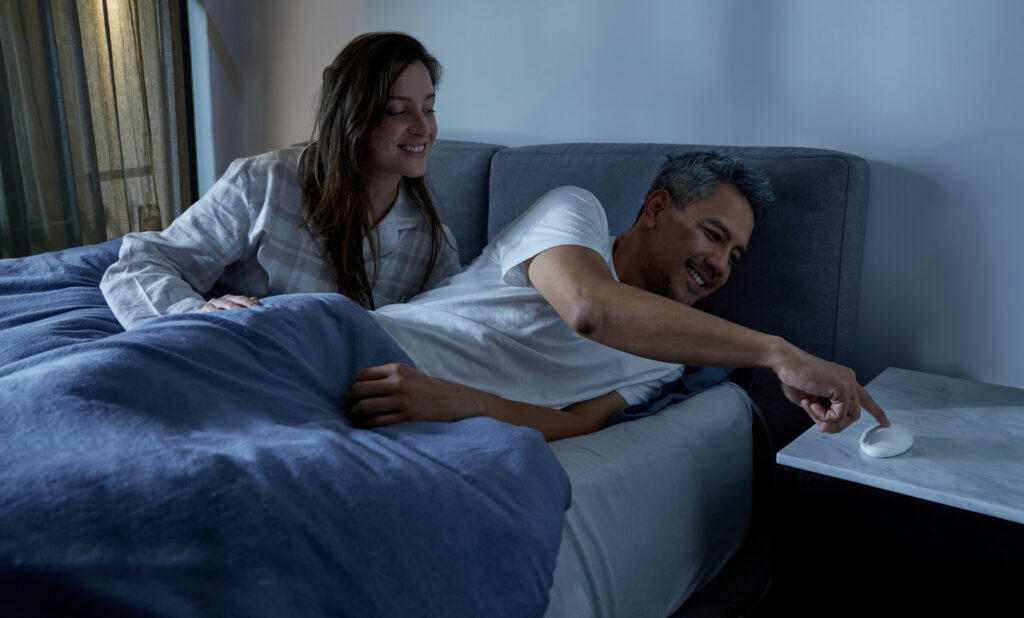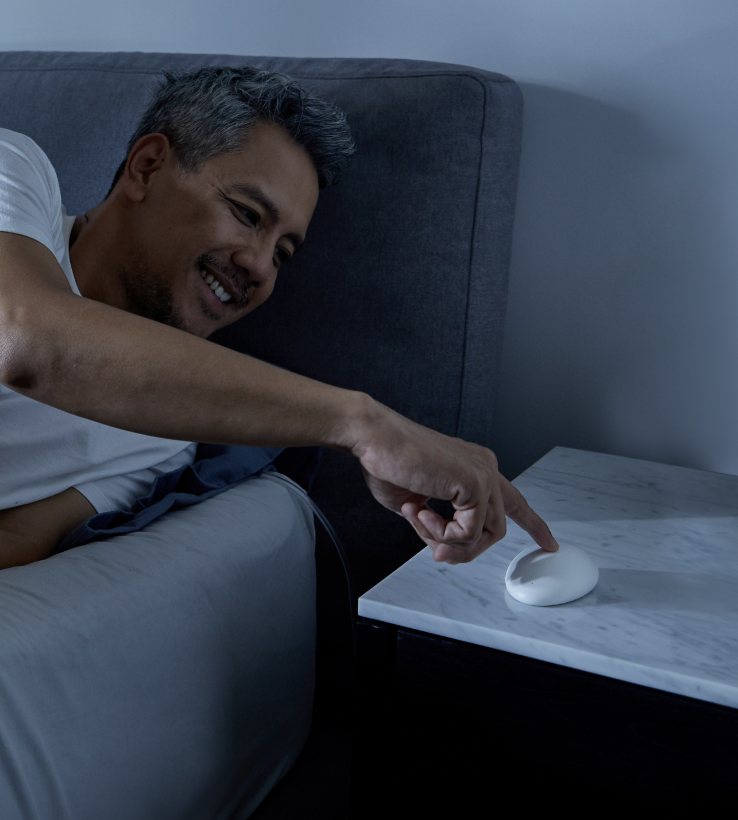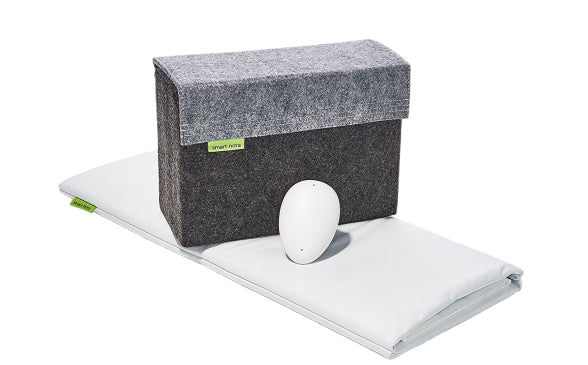
Anybody who suffers from sleep paralysis can tell you — it’s a terrifying and unusual experience. Waking up unable to move or speak is pretty jarring, but the hallucinations that sometimes accompany it are even worse. During sleep paralysis, people often describe feeling or seeing a ghostly presence in the room, amplified by feelings of foreboding, terror, and a lack of control — similar experiences have been documented worldwide. It is also very common to experience shallowness of breath or trouble breathing (it’s not dangerous, though). These hallucinations can (but don’t usually) include strange sounds, smells, and sensations of weightlessness. Sleep paralysis is an affliction that has been documented for centuries, despite not being given a name until 1928 by S.A.K. Wilson in his book The Narcolepsies. It may be scary, but it’s a universal sensation (just a part of the whole human experience, right?) — and during it, you’re completely safe, despite the fear!
“At one moment he may have the consciousness of a malignant demon at his side; then to shun the sight of so appalling an object, he will close his eyes, but still the fearful being makes its presence known… if he looks up he beholds horrid eyes glaring upon him and an aspect of hell grinning at him… Or, he may have the idea of a monstrous hag squatted upon his breast, mute, motionless, and malignant.” — Robert Macnish, The Philosophy of Sleep (1834)
What Causes Sleep Paralysis?
Sleep paralysis happens when you wake suddenly out of Rapid Eye Movement (REM) sleep and you temporarily retain some of REM’s attributes once you’re conscious. REM sleep is primarily characterized by intense brain activity, lowered body temperature, and paralysis of the skeletal muscles (to keep you from acting out your dreams) — usually your body eases out of REM into a different stage of non-REM (yes, the other stages of sleep are really just clumped together and called Non-REM) sleep before you awaken. When REM breaks through the barrier between sleep and waking life, you experience sleep paralysis — retention of your muscular paralysis, transposition of dreams from sleep into hallucinations, and feeling an accompanying existential dread (this is less easy to explain with our understanding of sleep science).
Studies show that sleep paralysis can occur because of a lack of synchronicity between shifts in brain activity, and most commonly happens when sleeping on your back. It is most common in people with narcolepsy, a disorder characterized by sleep regulation abnormality, as well as those suffering from post-traumatic stress disorder (PTSD) but nobody is totally safe from this spooky disorder. Stress and sleep disorders heighten the chance of sleep paralysis but it can happen to anybody.
Luckily, it is not dangerous, despite the folklore surrounding it and the hallucinations that can occur.
The Sleep Paralysis Demon
Most people who’ve heard about sleep paralysis are familiar with the terrifying hallucinations associated with it. It sounds sensational, but accounts of seeing monsters, faceless figures, and more are well-documented to the point of enduring folklore. Before the development of sleep science, cultural explanations for the experience ranged from demons to alien abductions to “pressing” or “sitting” entities that hold down your chest and make it hard to breathe.
In their phenomenal study Sleep Paralysis in Brazilian Folklore and Other Cultures, researchers José F. R. de Sá and Sérgio A. Mota-Rolim documented not only the causes of sleep paralysis but the commonalities between different cultures’ interpretations of the phenomenon.
“Sleep paralysis represents a fairly strong evidence of how a given neurobiological phenomenon can be interpreted and shaped by different cultural contexts,” they noted. From the Brazilian Pisadeira (a gaunt, unkempt old man or woman who sits upon your chest while you sleep) to the Cambodian khmaoch sângkât (the ghost that pushes you down), the stories that accompany sleep paralysis became the stuff of folklore and legend, passed down from generation to generation (though a better understanding of modern sleep science may be erasing this lore).
They even argue that modern alien abductions may be a result of sleep paralysis and our collective visualization of unknowable creatures, noting a rise in similarities of alien abduction stories after the infamous “UFO incident” in Roswell, New Mexico in 1947.
Three Types of Hallucinations
According to researchers, there are three main types of hallucinations that occur during sleep paralysis. Sometimes they occur simultaneously, but more often one will stand out.
- Intruder: Characterized by fear and the presence of something unpleasant, usually accompanied by auditory and visual hallucinations
- Unusual Bodily Experiences: Out-of-body experiences, weightlessness or hovering sensations, a feeling of separation between the physical and mental planes.
- Incubus: Chest pressure, shortness of breath, or the feeling of being physically pressed or pushed down (this is pretty common but it’s important to note that it’s not dangerous)
How to Stop Sleep Paralysis
While it is unlikely that sleep paralysis is a result of underlying psychiatric problems, it’s best to talk with a sleep specialist if you’re experiencing it often. As the main triggers are stress and lack of sleep, the best immediate solution is to regulate your sleep schedule. Sleep paralysis is not medically treated, though the underlying conditions can be (such as narcolepsy).
- Improve your sleep habits: make sure you get 6-8 hours of sleep every night, give yourself time to wind down in the evening without screen use, and go to bed at the same time every night.
- Sleep on your side: it’s not only better for your spine and neck, but it can also help cut down on sleep paralysis caused by sleeping on your back.
- Treat the underlying issues: if you are narcoleptic or suffer from PTSD, consult a doctor or psychiatrist about what you can do to help with the symptoms.

And remember — there’s nothing to fear! Sleep paralysis is just an extension of your sleep state. You’re not going to die and the boogeyman is not going to get you. You’re totally safe. Sleep paralysis is just a jarring experience but it’s something tens of thousands of people around the world have experienced for centuries — and lived to tell the tale!






